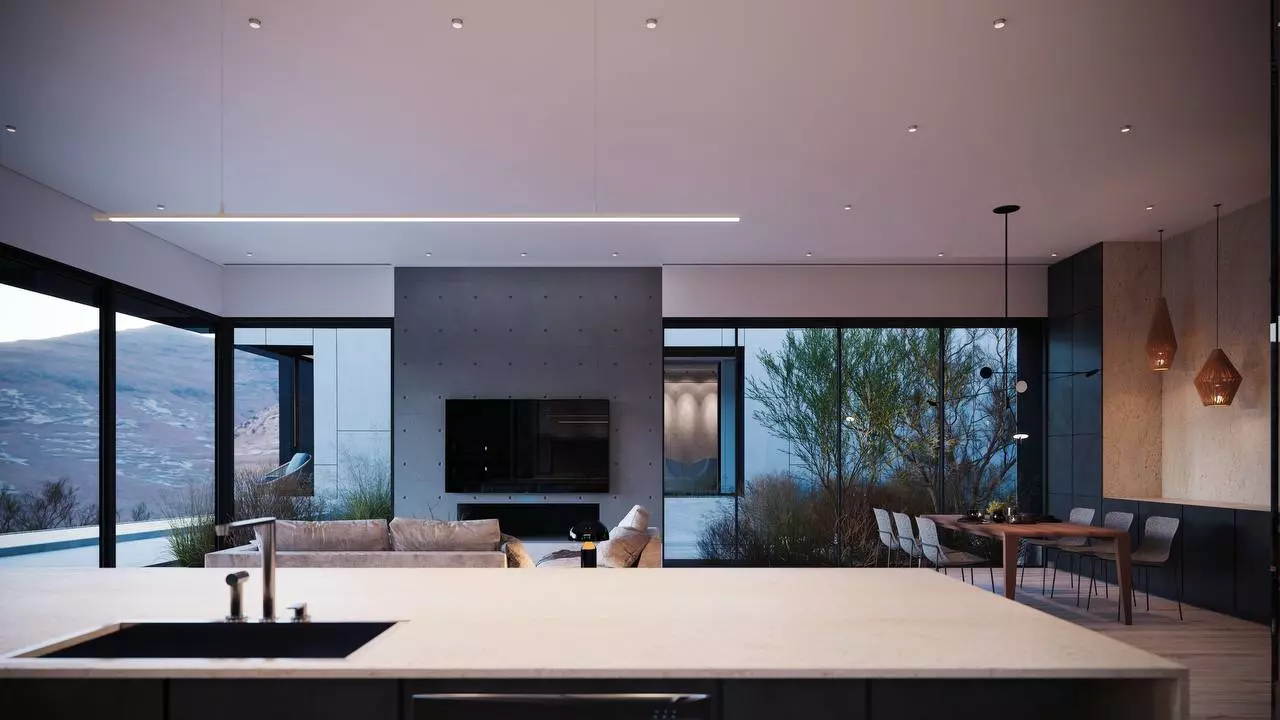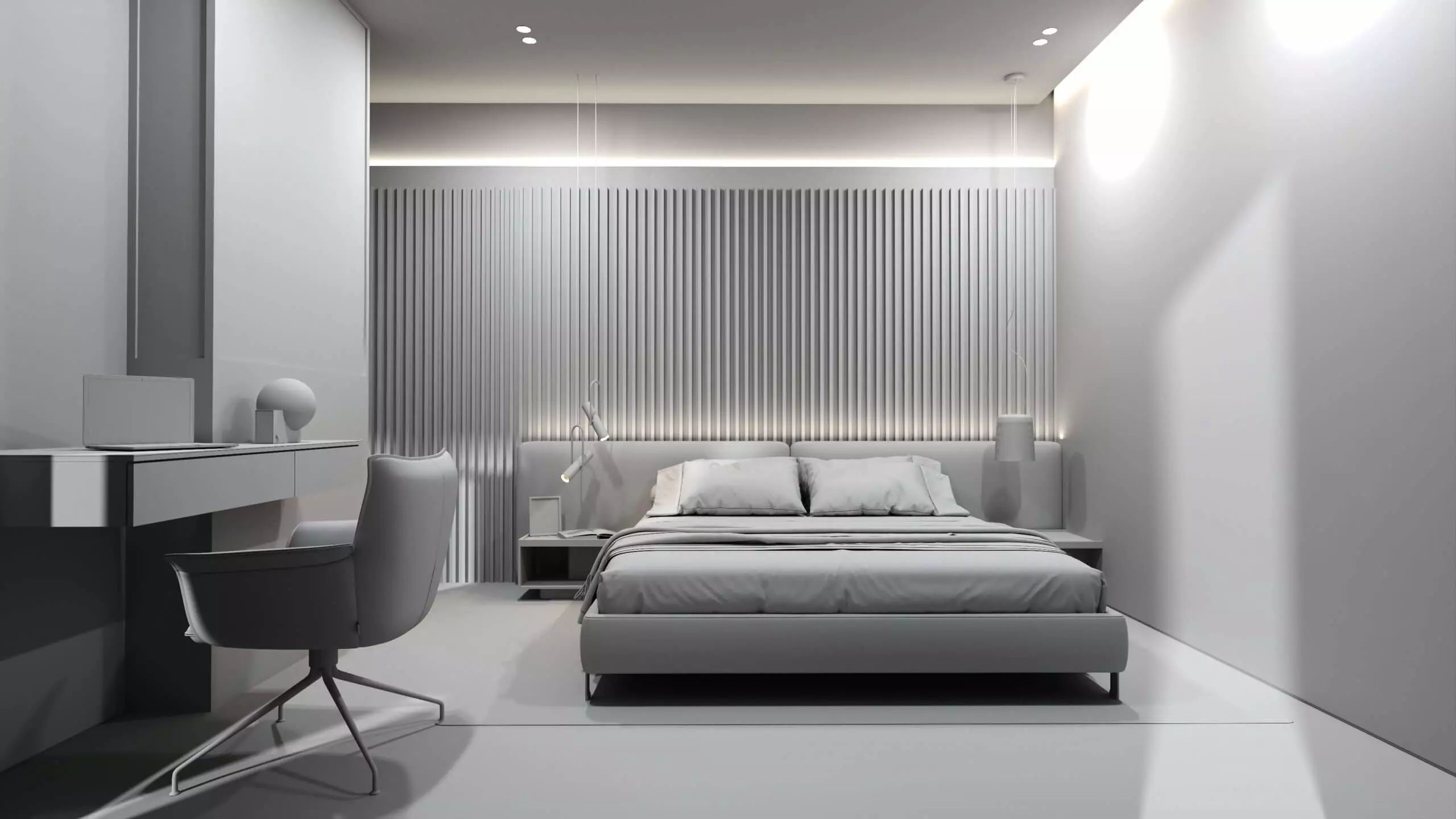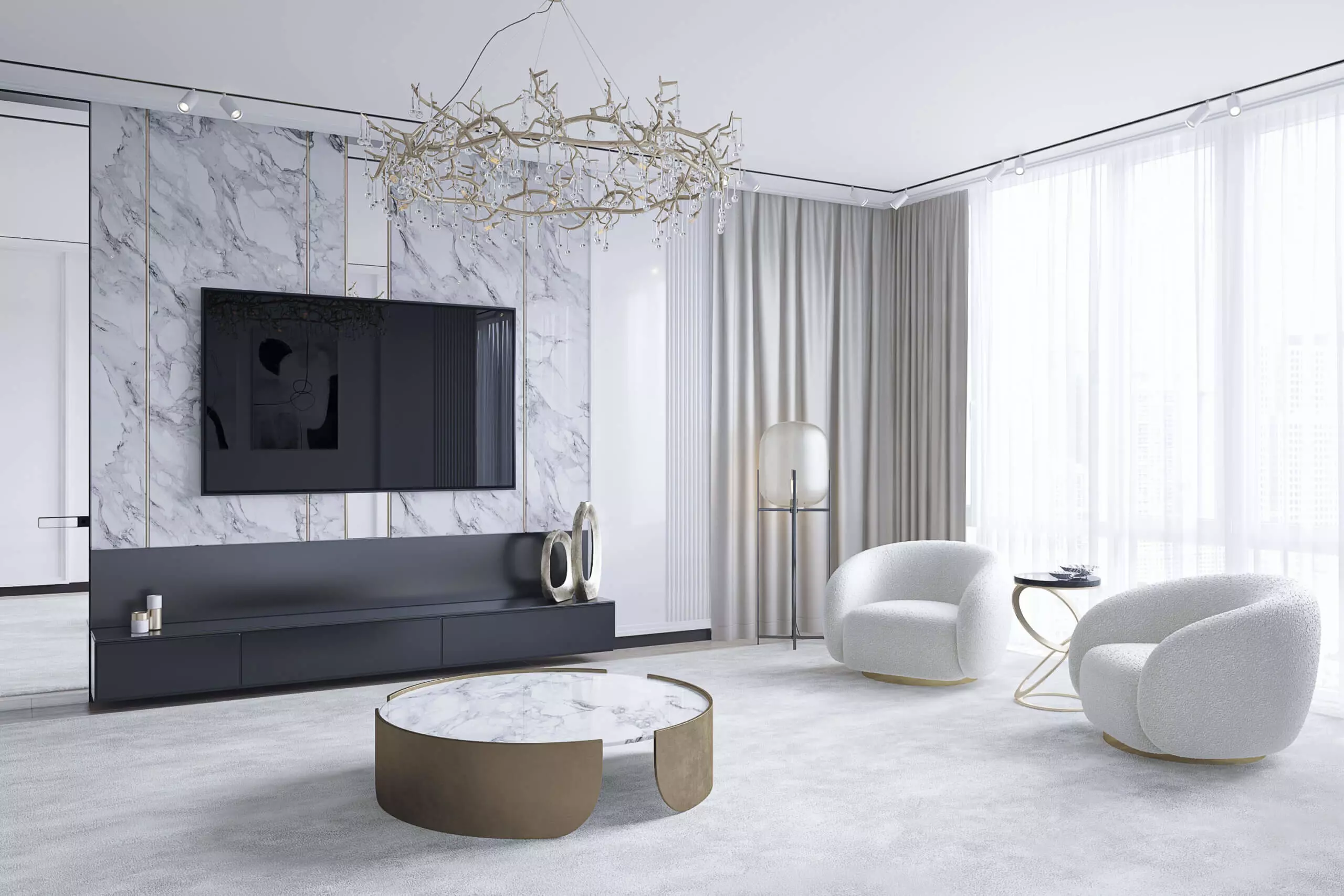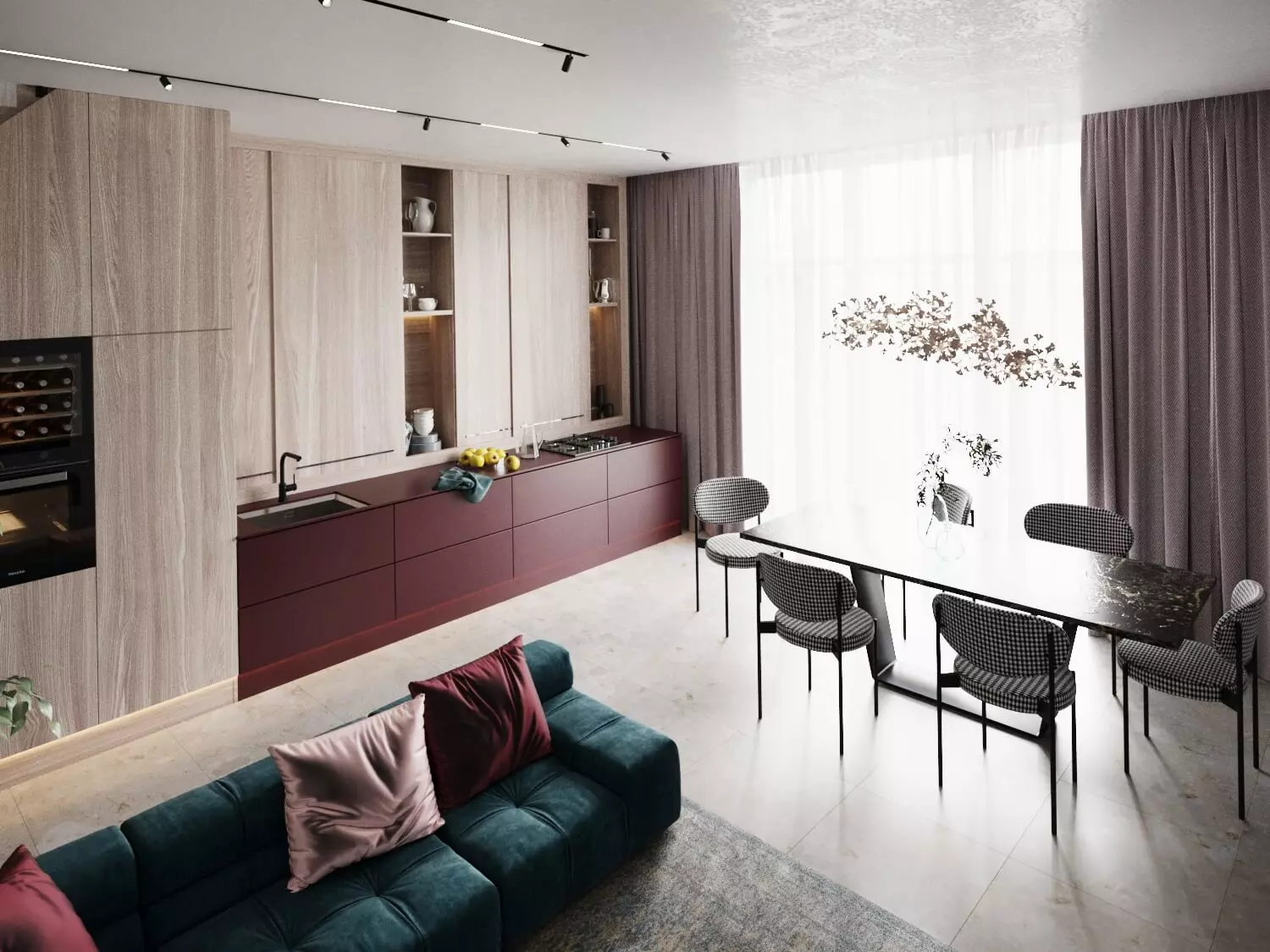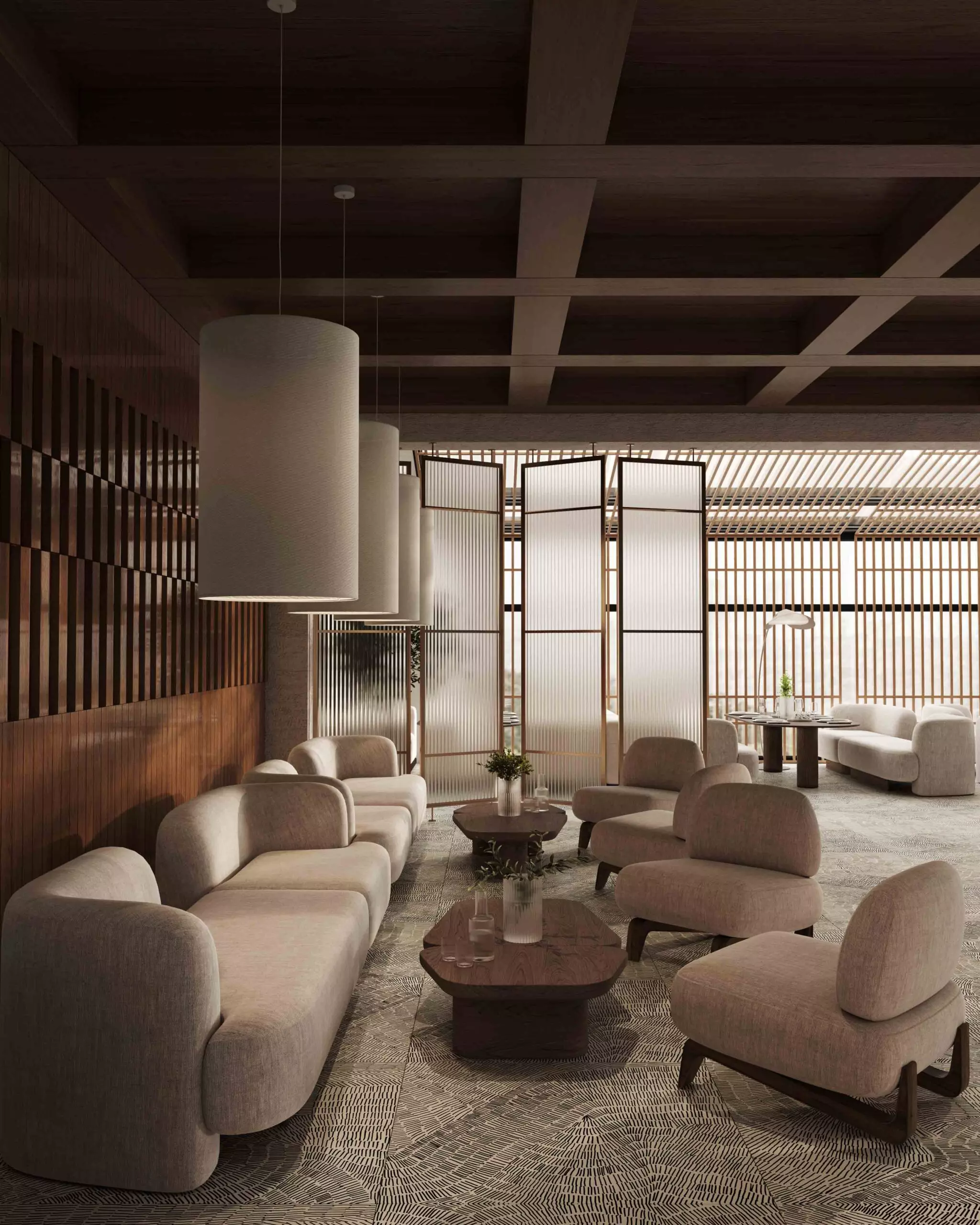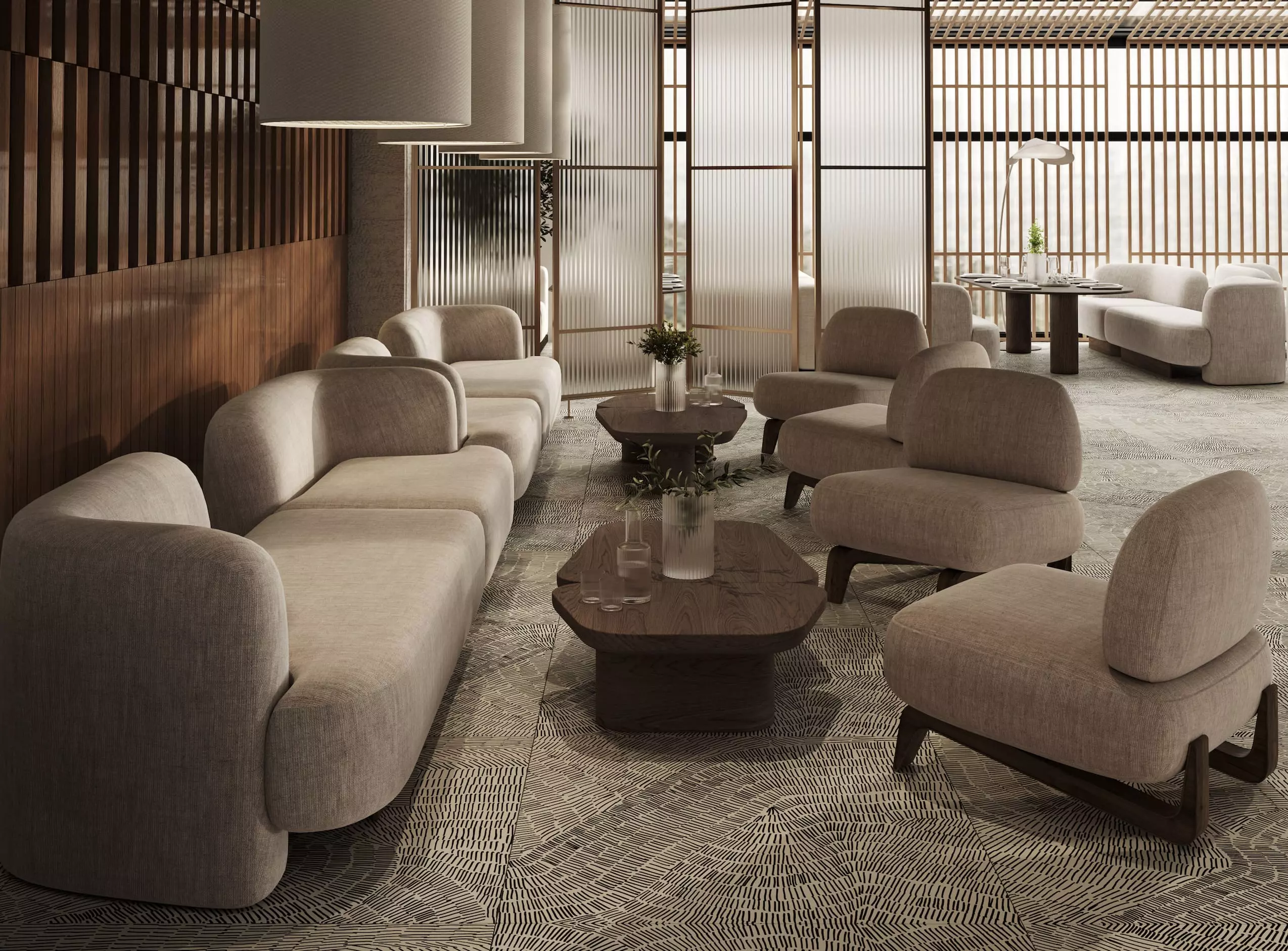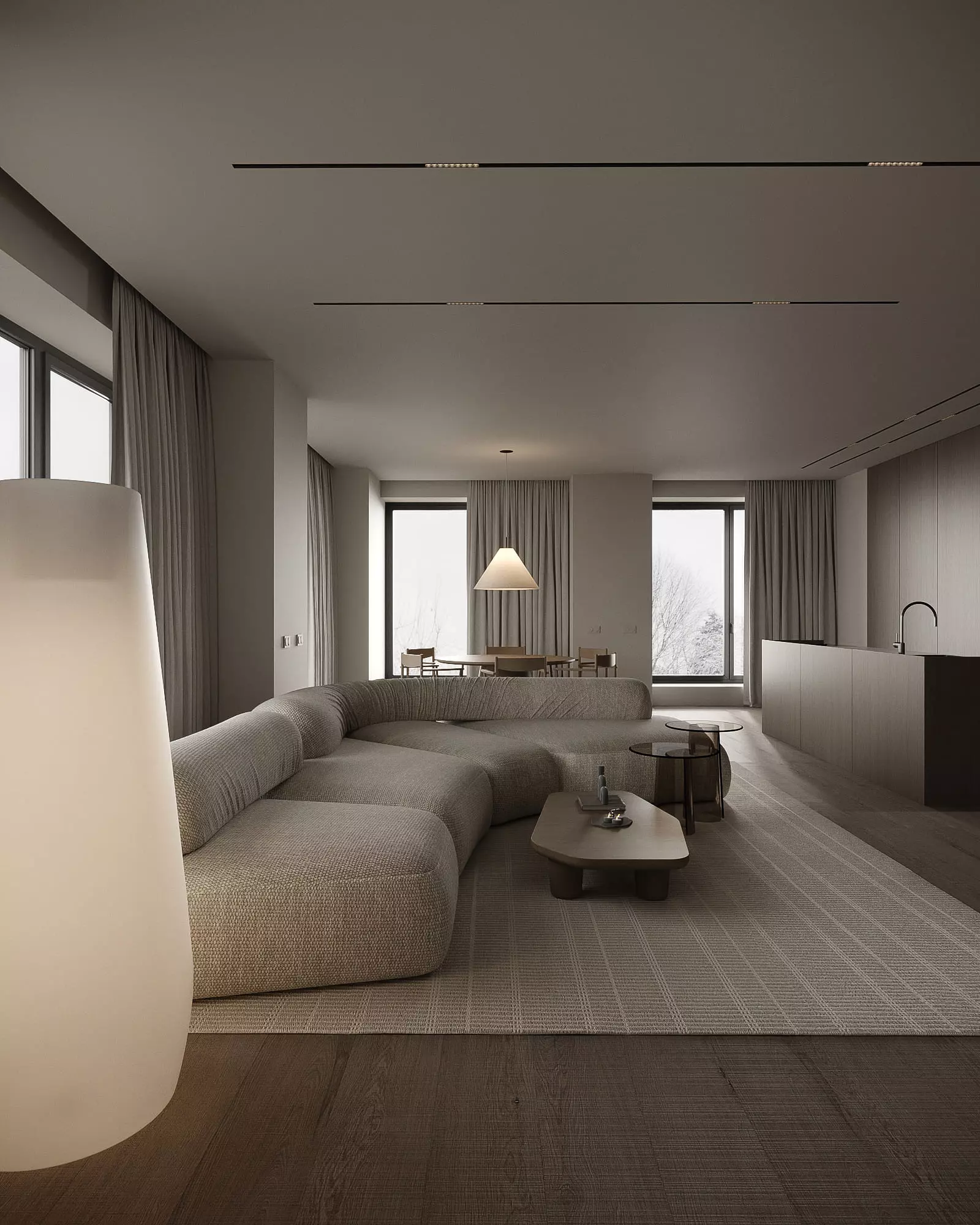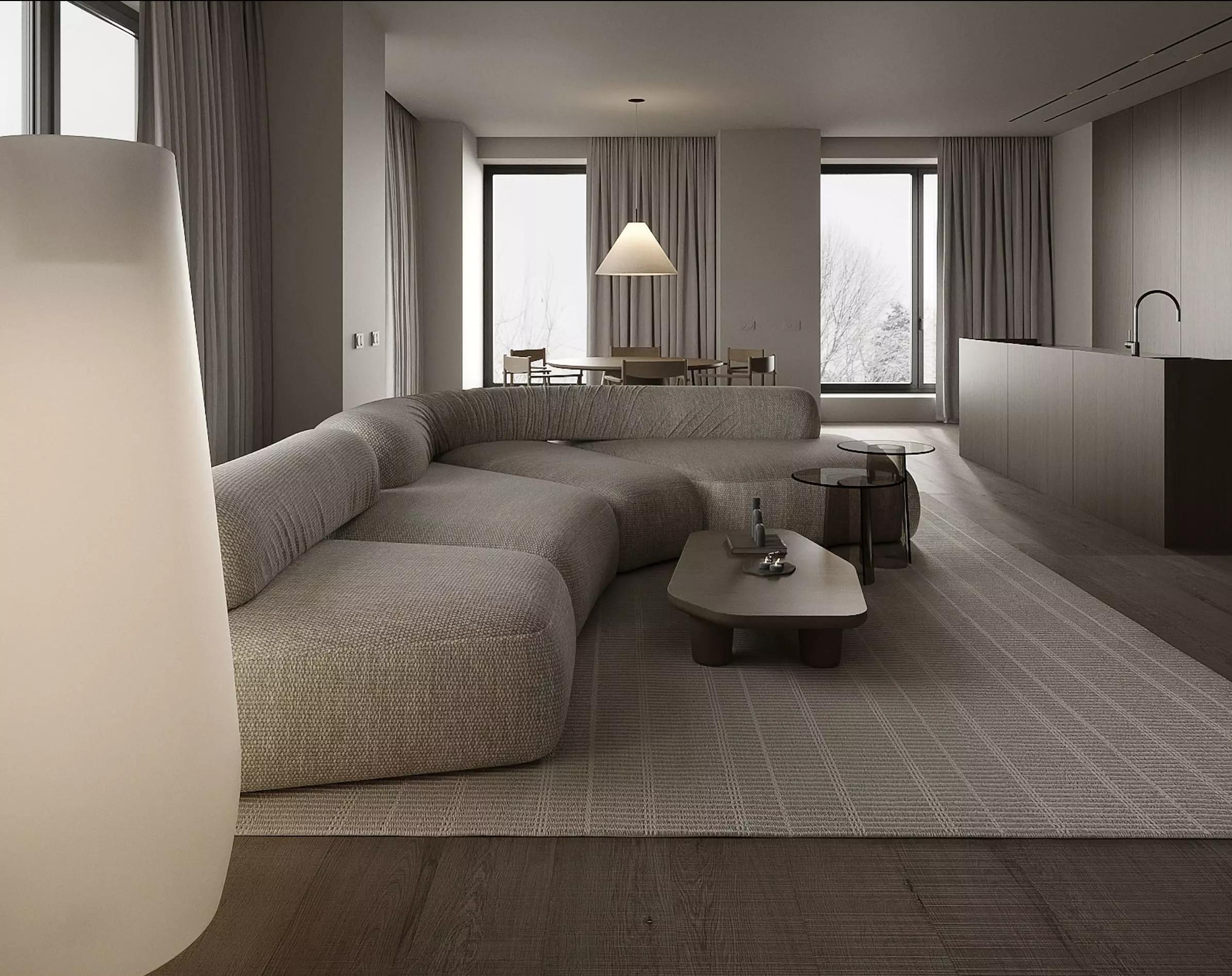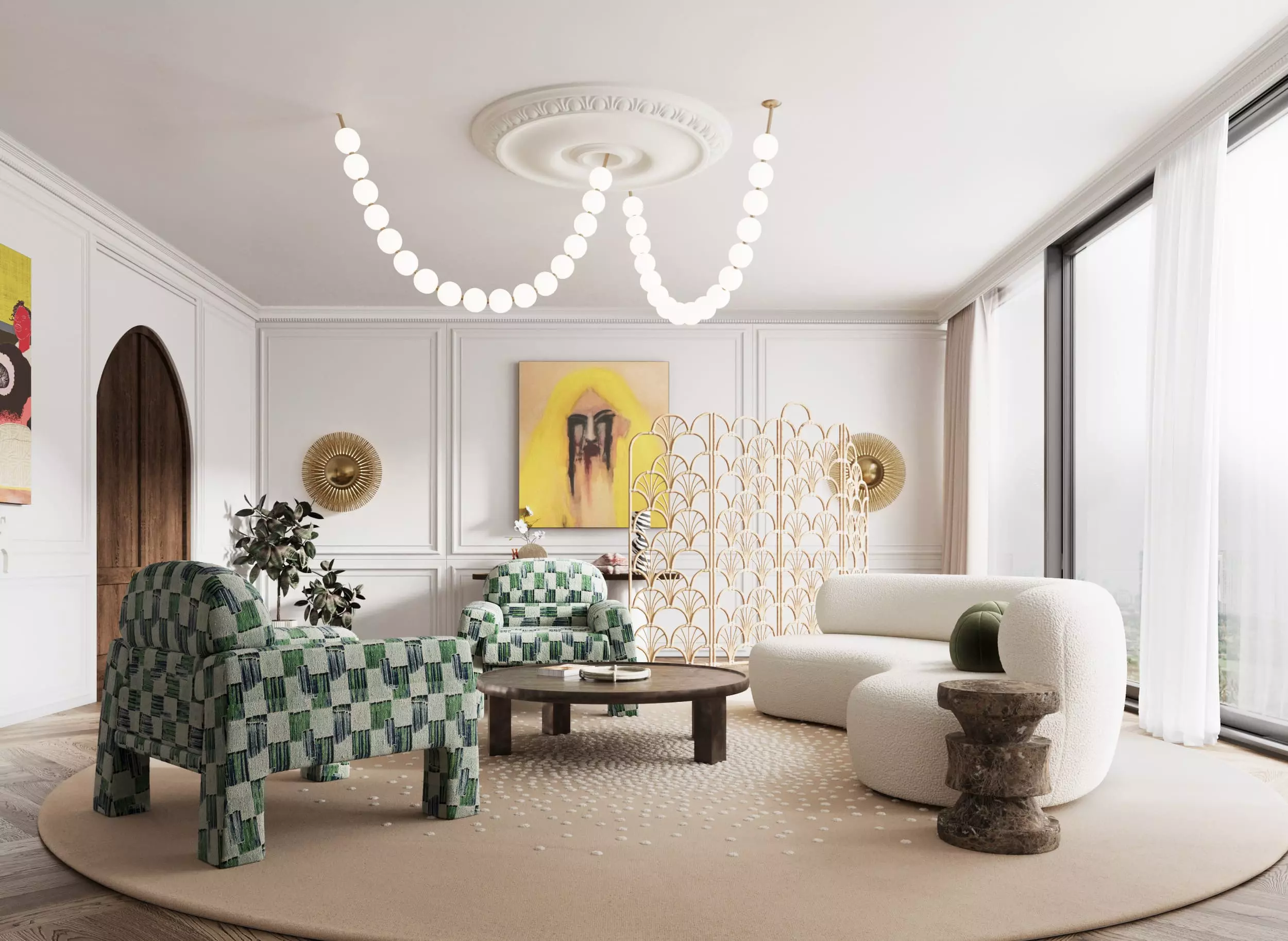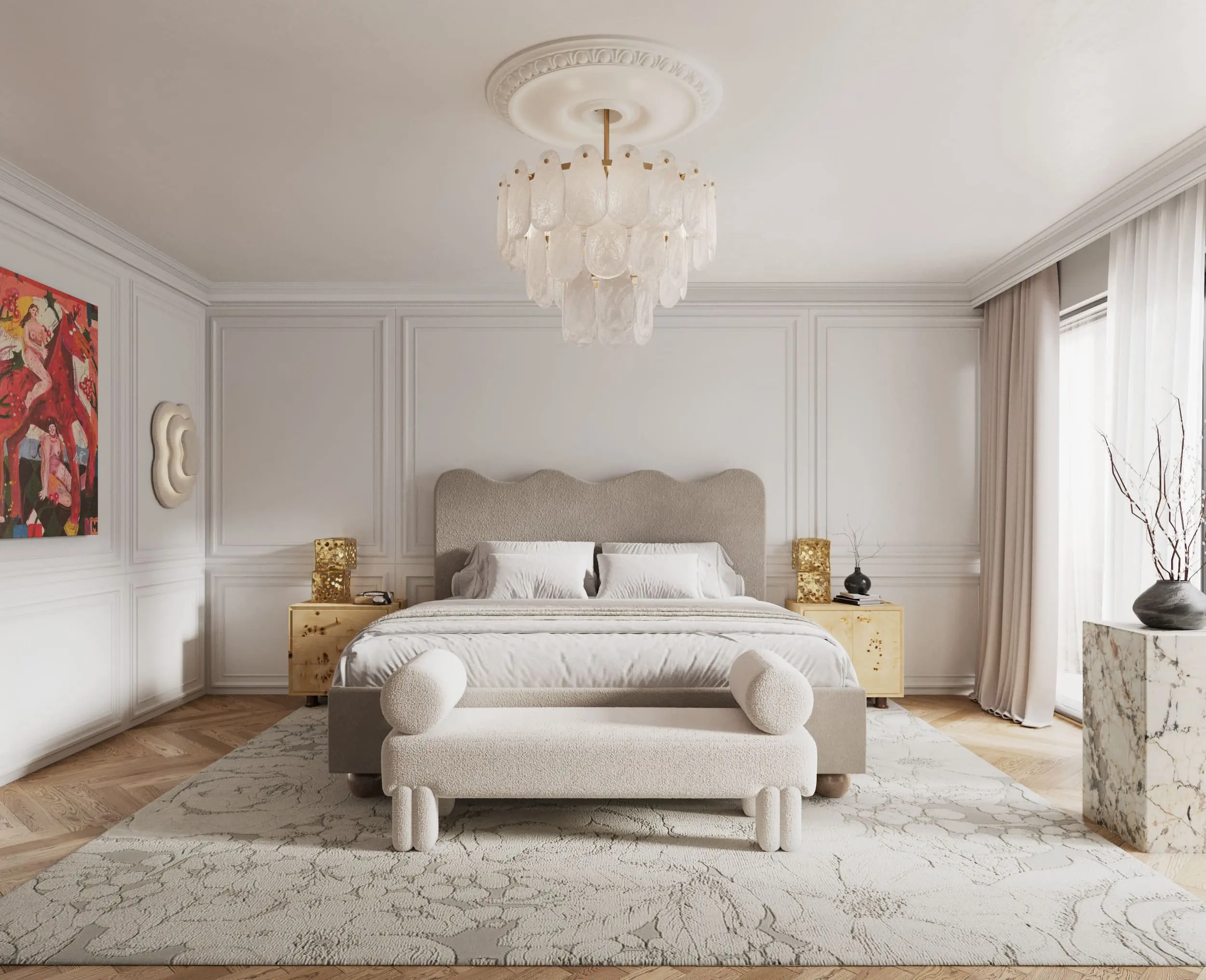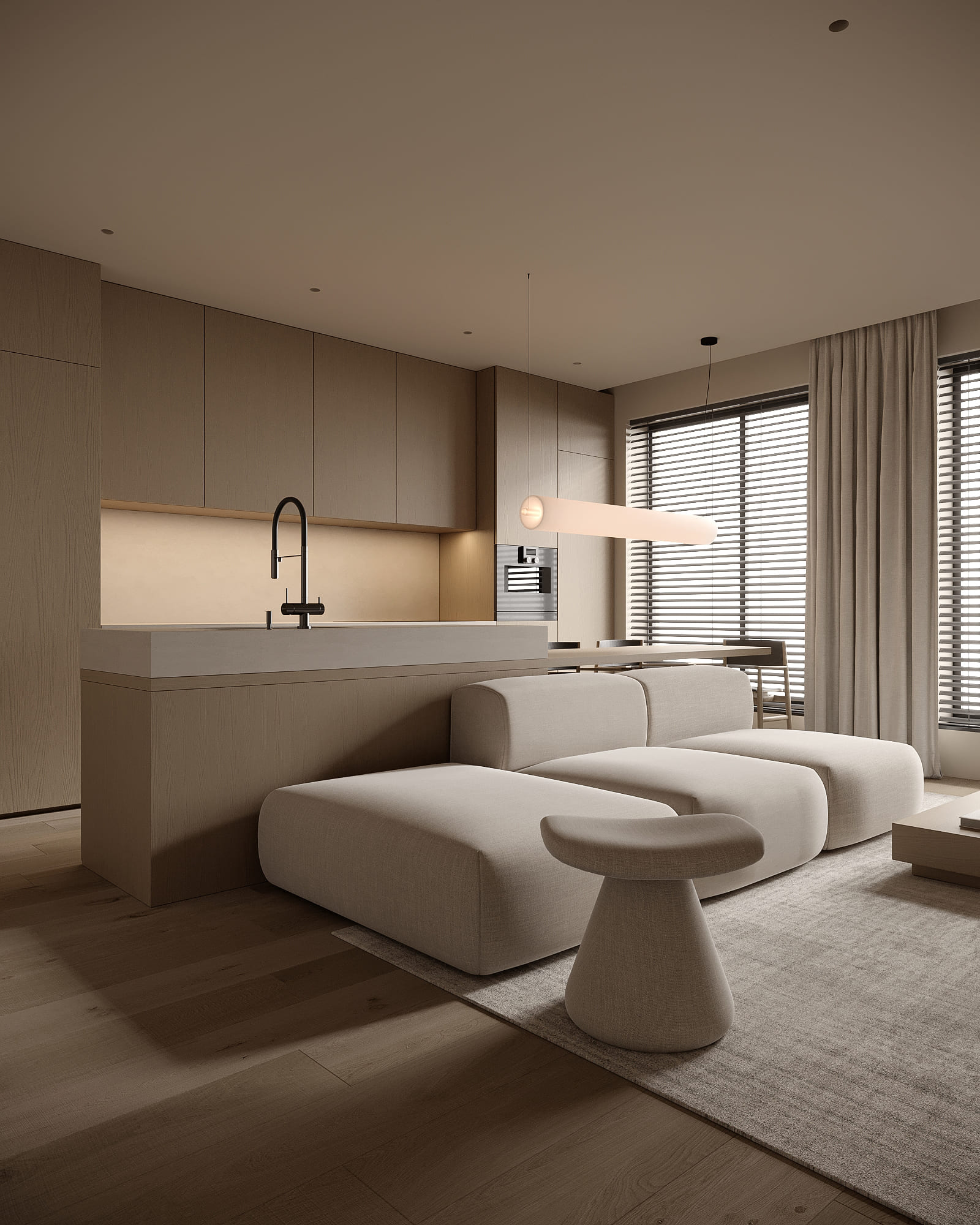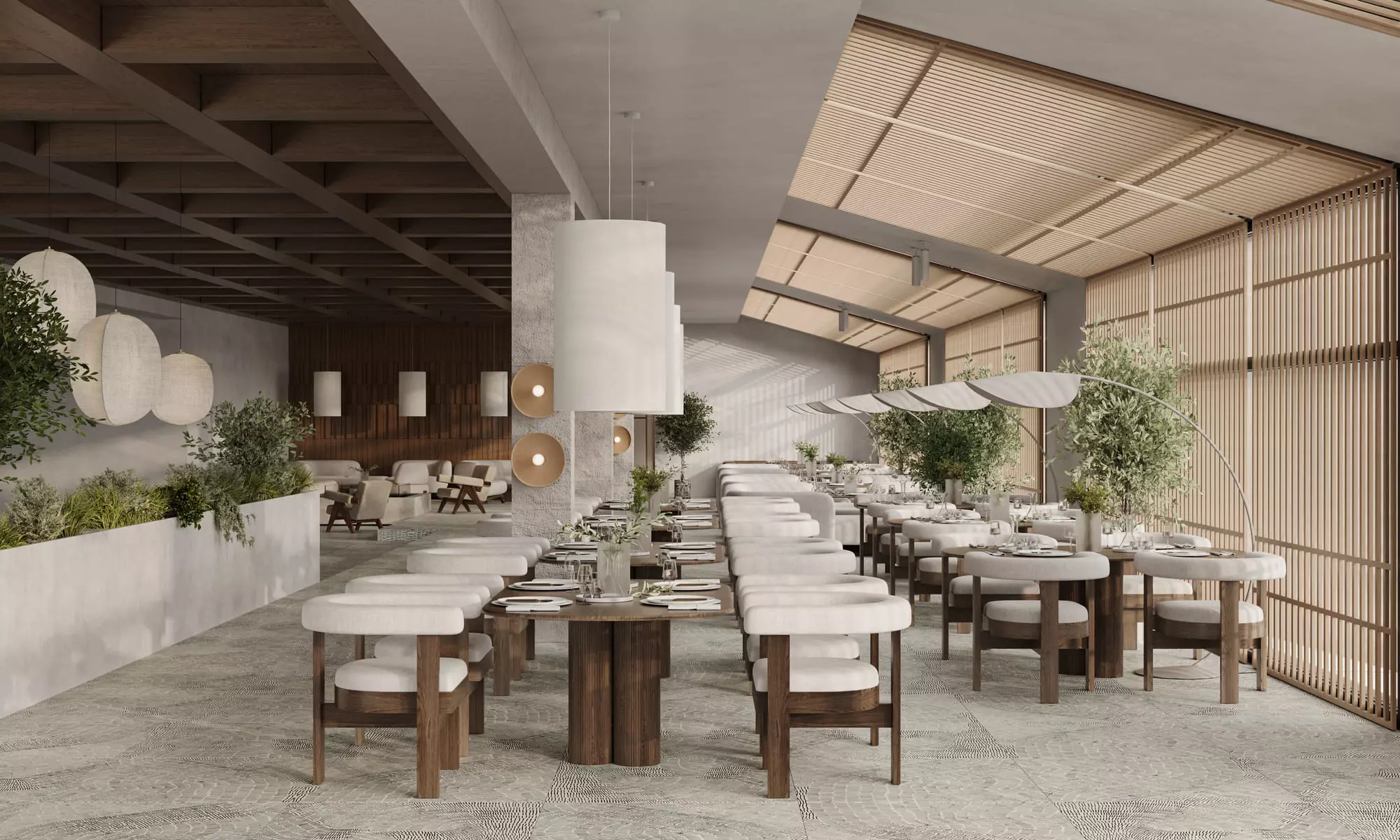3D INTERIOR VISUALIZATION
We create lifelike renderings of interior design projects with accurate details in texture, colors, furniture and finishes.
Turn your idea into a feasible task and leave your clients stunned.
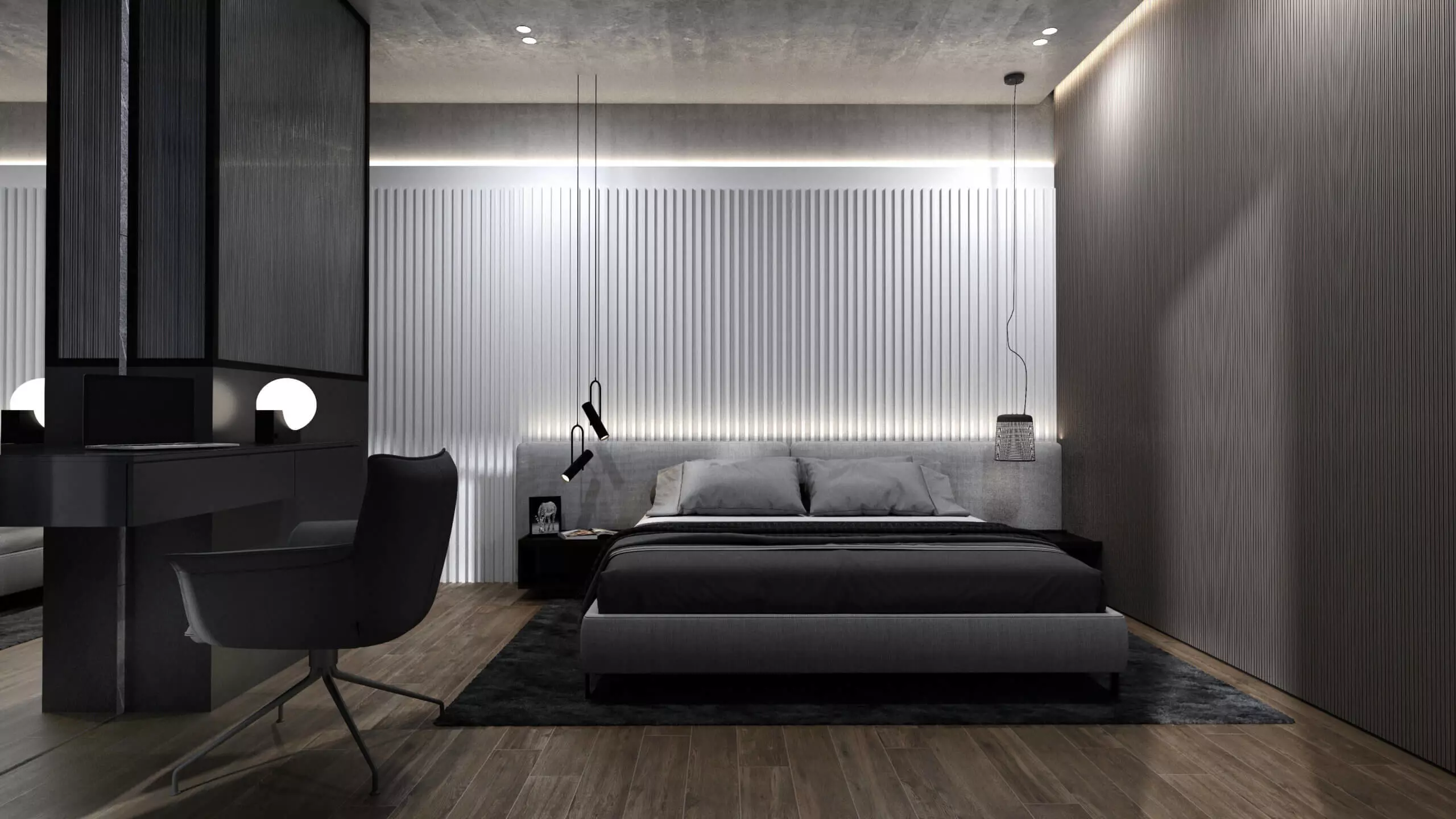
Undisputed Benefits of Interior Rendering
Who Can Benefit From 3D Interior Visualization Services?
Our latest interior renderings showcase a variety of projects, each realized with meticulous 3D interior rendering techniques. These visuals highlight layout, materials, lighting, and atmosphere, allowing viewers to fully understand the design intent and spatial experience.
As a leading 3D interior rendering company, GENENSE creates interior renderings that combine precision, mood, and storytelling. Our solutions are designed to support designers, real estate marketers, and developers in client presentations, project approvals, and marketing campaigns — bringing every interior concept to life with clarity and impact.

Founder of Genense
What Is 3D Interior Rendering All About?
Interior rendering is the process of creating a 3D model of the interior space using 3DsMax, SketchUp or other architectural and interior design software. The model is then converted into a static image using specialized rendering programs. Interior visualization intermediates between a client and designer, while helping the latter to present their project’s vision through clear-cut 3D imagery.
Types of Interior Visualization
3D Interior Visualization for Commercial Spaces
The first type of interior visualization we offer includes renderings of hospitality and retail spaces, shopping centers, and office premises. The factors that could increase rendering time are large areas of commercial premises. Also, 3D artists might spend some extra time on adding people and animals to the scene with the purpose of making renders more lively and true to life.
- Restaurant & Bars 3D Rendering: Through 3D visualization, it’s possible to test material combinations, furniture layout, and lighting balance long before the fit-out stage. These 3D renders also give a sense of how the design will shape the atmosphere and guest experience, helping fine-tune every detail.
- Hotel Design 3D Rendering: High-quality 3D renderings give designers and clients a clear view of finishes, zoning, and lighting. This helps ensure that every space — from the lobby and lounge to guest rooms — feels cohesive and aligns with the project’s overall concept and vision.
- 3D Rendering of Shopping Centers and Retail Interiors: Detailed 3D renders make it easier to evaluate traffic flow, product displays, and key focal points. They also streamline stakeholder approvals and reduce ambiguity during the design process.
- 3D Visualization for Office Interior Design: Designing functional yet comfortable office spaces can be tricky. 3D interior rendering lets designers test different layouts, materials, and lighting in context, helping them find the perfect balance.
Residential Interior Design Visualization
Residential interior design rendering includes that of apartments and private houses.
There’s no complexity gradation when it comes to this or that visualization type. The only factors that could increase rendering time for this type of project are adding furniture and appliances to the 3D interior model. Residential interior visualization typically includes renderings of:
- Kitchen 3D Rendering: 3D renderings help clients see how cabinets, appliances, surfaces, and lighting work together, making it easier to judge the layout before any implementation begins.
- 3D Rendering Services for Bedroom Interior Design: A 3D visualization gives a full preview of how lighting, fabrics, finishes, and furniture work together to support the intended mood—whether that’s restrained minimalism or layered comfort.
- Living Room 3D Rendering: As the heart of the home, the living room carries many design demands. 3D rendering gives a realistic sense of space, colors, and natural light, helping refine the concept before implementation.
- Apartment 3D Interior Rendering: In residential projects, full apartment renders are essential for communicating layout logic and design intent. 3D visualization shows how materials, proportions, and light work together in a real-life context.
What are the Stages of 3D Interior Visualization?
The interior visualization process can also be divided into two types. The first one implies strict following of client’s requests, including specifically selected furniture, drawings, detailing, and a previously approved concept. The second type gives more freedom for creativity during the quest of a perfect design solution. In this case, a designer provides only basic information, like floor plan and examples of stylistics that their customer likes. Then, our 3D artists work on the interior design, set the lighting, choose the color scheme, and select furniture and decor. Finally, a designer makes their own adjustments if needed. The latter type of visualization is more time-consuming, so its price is usually higher.
Regardless of the chosen approach, the visualization process follows a structured sequence:
- Evaluation of the project in terms of cost and timing. To make a proper assessment, a floor plan with dimensions and style references are required.
- Prepayment. If the customer is satisfied with the project cost and negotiated deadline, they can pay upfront.
- Creating a technical assignment. After the cost and terms of the project are approved, the following references are required:
- floor plan with measurements .dwg
- floor plan with measurements .pdf
- furniture arrangement plan
- lighting plan
- circuit plan
- mood board
- links to websites of furniture, decor and lighting manufacturers or 3D models (if any)
- references (all photos/images must be signed to understand which component to take from a particular picture for use in the scene)
- photo of the premises (for complex premises)
- Creation of a 3D interior scene and its filling.
- Arrangement of cameras and setting up lighting.
- Grayscale renders to approve interior geometry. At this stage, constructive changes or redevelopment can be made.
- Applying textures to the model.
- Rendering preliminary results.
- Making the necessary adjustments and filling the scene with decor.
- Rendering the interior in final quality.
- Post-processing images in Photoshop.
- Sending an archive with the results to a customer.
How Long Does the Interior 3D Rendering Process Take?
The duration of the project depends on the following factors:
- interior style
- footage
- number of angles
- customer response time
- number of corrections
- time of adjustments submission from the customer
That’s why determining the project completion time can feel like shooting in the dark. However, we have clear time frames for certain volumes of work. For example, we need two days to build one room from scratch. Whereas making adjustments, including rendering time, takes one or two days depending on the number of corrections.
But if you want to order visualization of a large project, the waiting time won’t be a problem for you since we have a whole team of performers working on such projects. For example, each of our planning projects is divided zonally between different performers who work together but still have their own zone. This approach allows us to complete large tasks in a short time.
Professional Interior Visualization by GENENSE
GENENSE is a 3D interior rendering studio trusted by architects, designers, and real estate professionals across industries. Our 3D interior visualization services are built on a combination of precise 3D interior modeling, material accuracy, and expert use of light and perspective. Each project is handled by a dedicated 3D interior artist using advanced rendering software.
We don’t just create static images — we also offer animated fly-throughs and interactive walkthroughs, which can be used for client presentations, marketing materials, or approvals. Our team setup allows us to manage large-scale or fast-paced projects that might be difficult for in-house teams or freelancers to manage alone. In addition to interior visualization, we provide modeling and rendering for real estate exteriors, furniture such as cabinets and upholstered pieces, and a variety of other products — from appliances to sports equipment or even food.
Reviews
FAQ:
To begin the interior rendering process, we’ll need a floor plan with dimensions, basic layout drawings, and visual references that reflect the desired style and atmosphere. If available, please include furniture specifications, lighting concepts, and material samples. If some of these elements are missing, our team can create custom 3D models of furniture or decor to match your project needs.
The price includes 2 free adjustments, ranging up to 50% of changes from the original task. More than two edits with volume of 30% and higher are charged based on the hourly cost of the work.
Since 3D scene creation involves personal work of each performer, we do not provide clients with models of interiors and exteriors. At the end of the project, all scenes are saved in our database archive for possible subsequent adjustments per client’s request. Once the project is done, the client receives an archive with high resolution images of great quality.
Absolutely. You can order renderings of any size according to your needs. The standard image dimensions we provide our clients with are the following:
1920 x 1080 (landscape) px 300 dpi
1280 x 1920 (portrait) px 300 dpi
We can also set custom image sizes depending on the wishes and needs of our clients. Such resolutions are often required for printing of projects in albums, catalogs or advertising posters.
For quality printing, we use the following image resolutions:
А4 (21 x 29,7 sm) - 3508 х 2480 px, 300 dpi (4K)
А3 (42 x 29,7 sm) - 4961 х 3507 px, 300 dpi (5K)
А2 (42 x 59,4 sm) - 7016 х 4961 px, 300 dpi (7K)
А1 (84,1 x 59,4 sm) - 9933 х 7016 px, 300 dpi (10K)
A0 (84,1 118,9 sm) - 14043 x 9933 px, 300 dpi (14K)
In each individual case, the project cost will differ depending on negotiated deadlines, project complexity, and other factors. To define the exact project cost, we take the amount of time spent on creating a 3D scene and multiply it by the price of an hour spent on the whole project. Note that rendering time is not included in this estimate. If you want to receive a calculation of the cost of your project, please send your project details to info@genense.com or fill in a form on the website.

